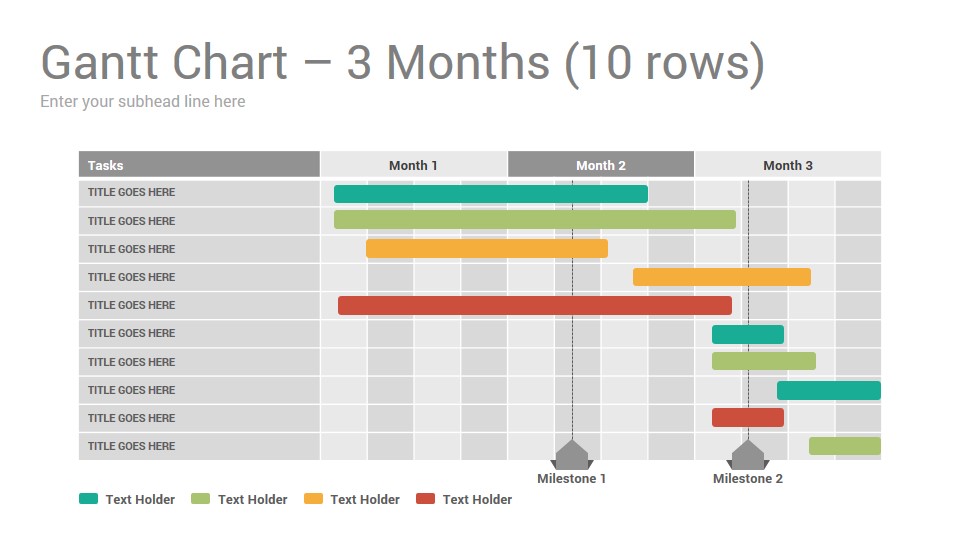
Most Gantt charts also offer additional context about how project tasks connect to each other, who they’re assigned to, and what important deadlines and milestones are coming up.

Gantt charts typically include the following components: When you zoom out to look at the full picture, these charts give project managers and teams an overview of what work needs to get done, who’s doing it, and when. This gives your team a visual overview of your project schedule, upcoming milestones, and overall project timeline.Įach horizontal bar within the chart represents a task, and the length of each bar represents the amount of time that step or task will take. What is a Gantt chart?Ī Gantt chart is a horizontal bar chart used to illustrate the timeline of a project and its tasks. In our guide, you’ll get a clear breakdown of what Gantt charts are, when to use them, tips for creating one, and more.

While these charts can get quite complex, the basics aren’t hard to nail. Problem is, you’re not quite sure what that is, how it helps with project management, or how to make one.

Maybe you’ve heard the term Gantt chart used around the workplace or in a project kickoff meeting. Find out how this type of chart can help you map tasks and keep deliverables on track. A Gantt chart is a horizontal bar chart used to illustrate a project’s schedule and related tasks or events during the project lifecycle.


 0 kommentar(er)
0 kommentar(er)
